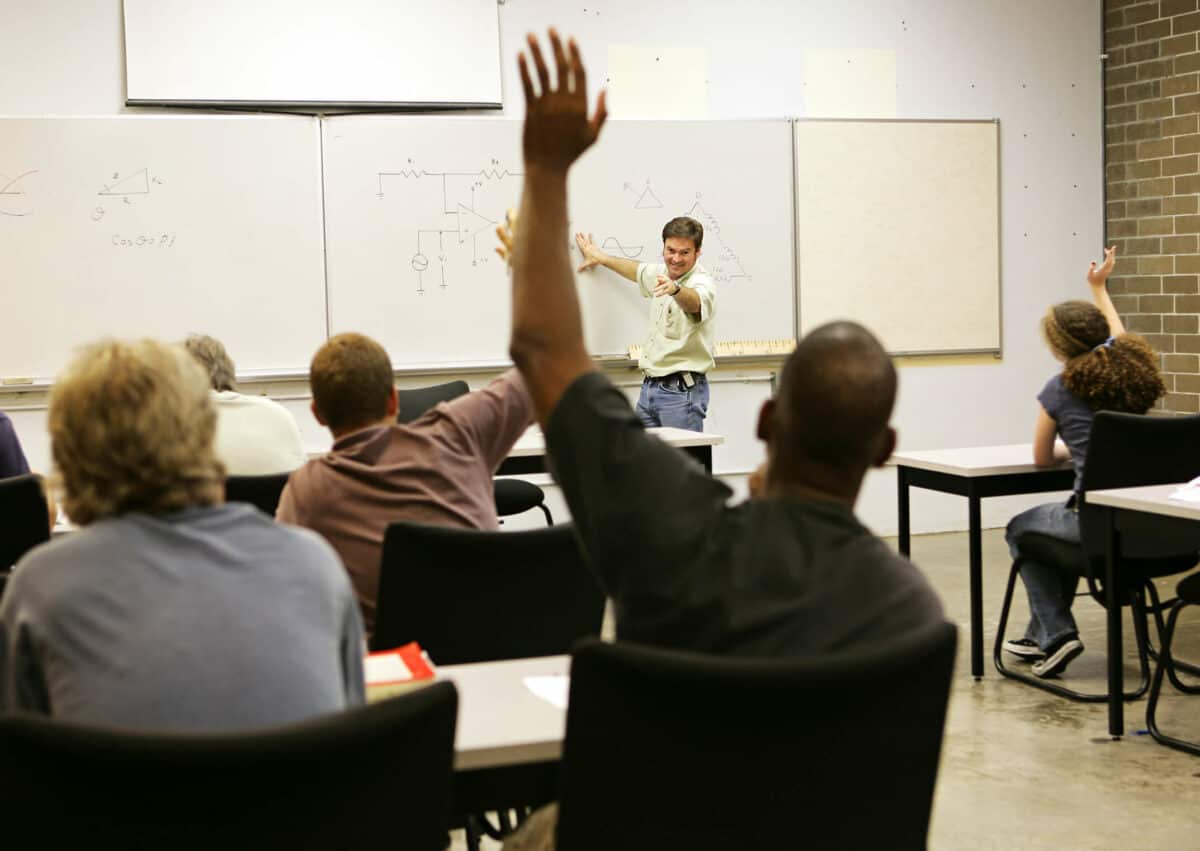In the ever-evolving landscape of inclusivity, the importance of creating accessible public spaces for everyone cannot be overstated. As we embark on a journey towards greater equality, it’s essential to focus on redefining public spaces to ensure they cater to the needs of all individuals, including those who rely on hearing aids for a fuller auditory experience.
The Challenge of Accessibility
Understanding the Hearing Aid User Experience:
To truly redefine public spaces, it’s crucial to understand the unique challenges faced by individuals with hearing aids. Background noise, poor acoustics, and lack of hearing aid-friendly infrastructure can pose significant hurdles, making it essential to address these issues for a more inclusive environment.
Promoting Awareness:
Creating accessibility begins with awareness. Public spaces, from transportation hubs to entertainment venues, must prioritize educating staff and the general public about the needs of hearing aid users. This awareness fosters a culture of understanding and empathy, laying the foundation for a more inclusive society.
Redefining Public Spaces
Innovative Acoustic Design:
The architecture and design of public spaces play a pivotal role in creating an inclusive environment for hearing aid users. Implementing innovative acoustic design that minimizes echoes, reduces background noise, and enhances sound clarity ensures that these spaces are welcoming to everyone.
Hearing Loop Systems:
Embracing technology is a key aspect of redefining public spaces for hearing aid users. Hearing loop systems, which transmit sound directly to hearing aids, are a game-changer. Installing these systems in public venues such as theaters, conference halls, and lecture rooms ensures that users can enjoy a clear and direct audio feed.
Accessible Signage and Communication:
Clear communication is fundamental in public spaces. Ensuring that signage is not only visually clear but also accompanied by auditory cues benefits individuals with hearing aids. Additionally, providing information in multiple formats, such as visual displays and announcements, enhances accessibility for a diverse range of users.
Technology as an Enabler
Mobile Apps for Accessibility:
Leveraging technology, mobile apps can be designed to enhance the accessibility of public spaces. These apps could provide real-time information about noise levels, venue layouts, and even offer personalized assistance for hearing aid users. This integration of technology fosters independence and confidence in navigating public spaces.
Inclusive Public Transportation:
Redefining public spaces extends to public transportation. Implementing real-time captioning on public transit displays, ensuring clear public announcements, and equipping transportation hubs with hearing loop systems contribute to a more accessible and user-friendly commuting experience.
The Human Element
Community Engagement:
Redefining public spaces is a collective effort that involves community engagement. Seeking feedback from hearing aid users and incorporating their experiences into the planning and design of public spaces ensures that solutions are practical, effective, and truly meet the needs of the community.
Advocacy for Change:
Advocacy plays a vital role in driving systemic change. Encouraging organizations, businesses, and local governments to prioritize accessibility for hearing aid users contributes to a broader cultural shift towards inclusivity. Together, we can champion the cause of making public spaces welcoming for everyone.
By fostering awareness, embracing inclusive practices, and leveraging technology, we can create public spaces that truly reflect the values of equality and accessibility for all.

